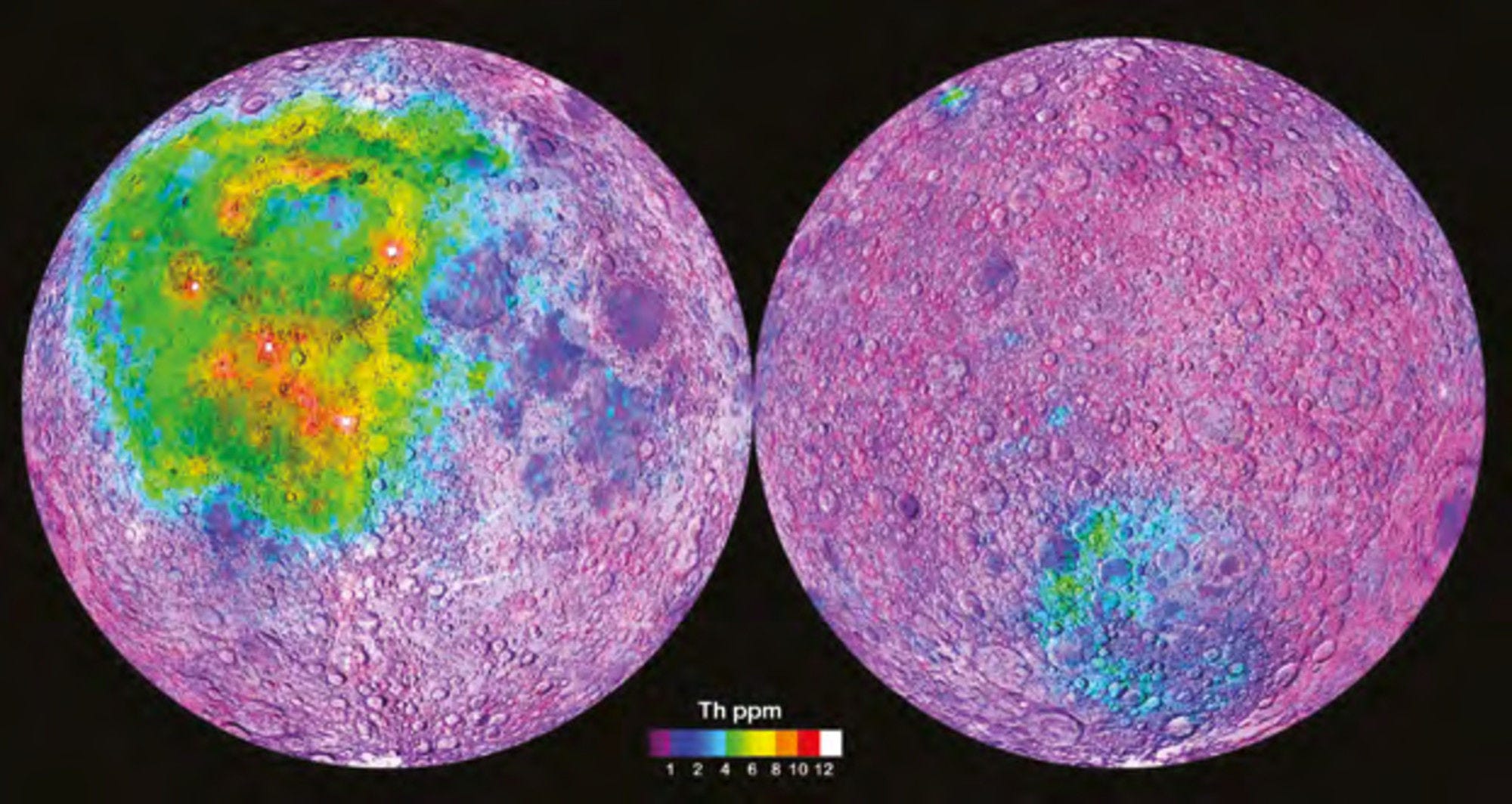This joint report by the International Energy Agency (IEA) and the Nuclear Energy Agency (NEA) is the eighth in a series of studies on electricity generating costs. As policy makers work to ensure that the power supply is reliable, secure and affordable, while making it increasingly clean and sustainable in the context of the debate on climate change, it is becoming more crucial that they understand what determines the relative cost of electricity generation using fossil fuel, nuclear or renewable sources of energy. A wide range of fuels and technologies are presented in the report, including natural gas, coal, nuclear, hydro, solar, onshore and offshore wind, biomass and biogas, geothermal, and combined heat and power, drawing on a database from surveys of investment and operating costs that include a larger number of countries than previous editions.
The analysis of more than 180 plants, based on data covering 22 countries, reveals several key trends, pointing, for example, to a significant decline in recent years in the cost of renewable generation. The report also reveals that nuclear energy costs remain in line with the cost of other baseload technologies, particularly in markets that value decarbonisation. Overall, cost drivers of the different generating technologies remain both market-specific and technology-specific.
Readers will find a wealth of details and analysis, supported by over 200 figures and tables, underlining this report’s value as a tool for decision makers and researchers concerned with energy policies, climate change and the evolution of power sectors around the world.
Projected Costs of Generating Electricity 2015
Report
Projected Costs of Generating Electricity

Share
Facebook
Twitter
LinkedIn











